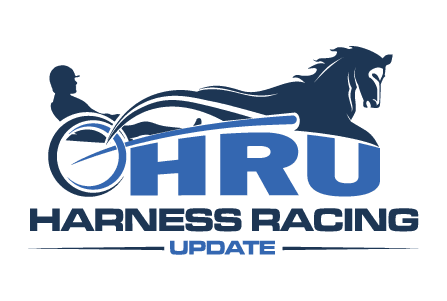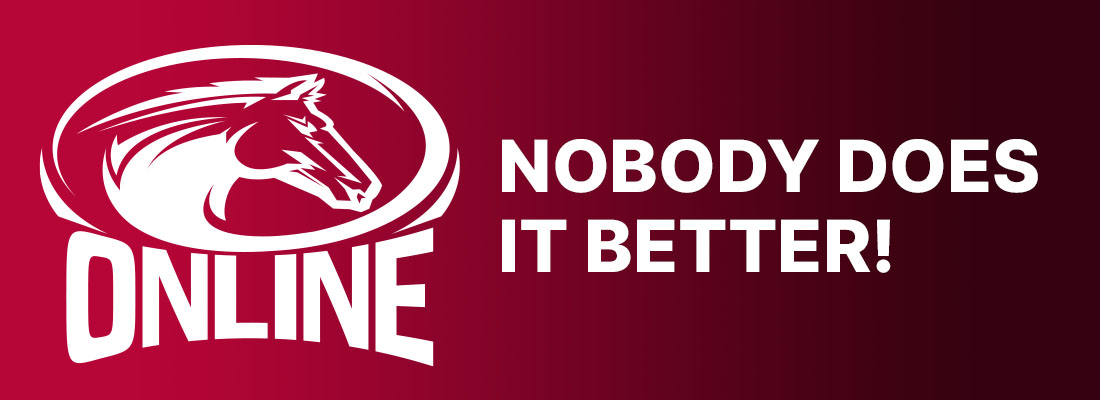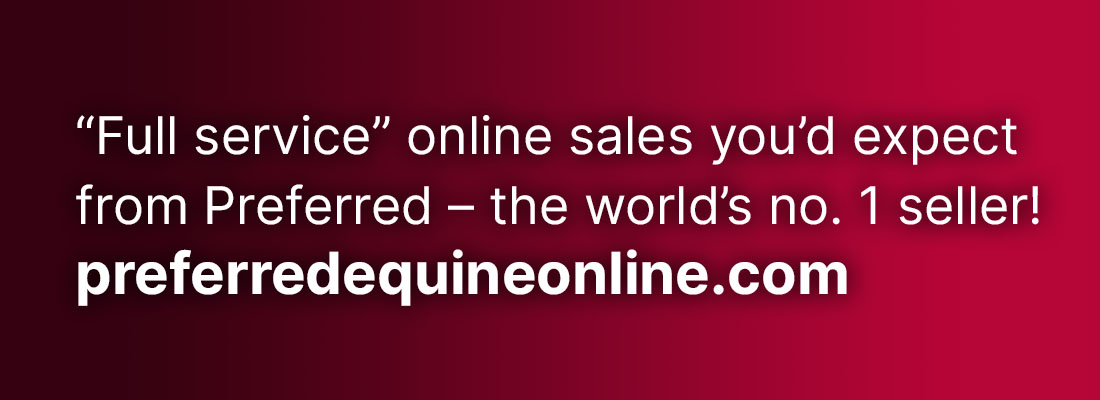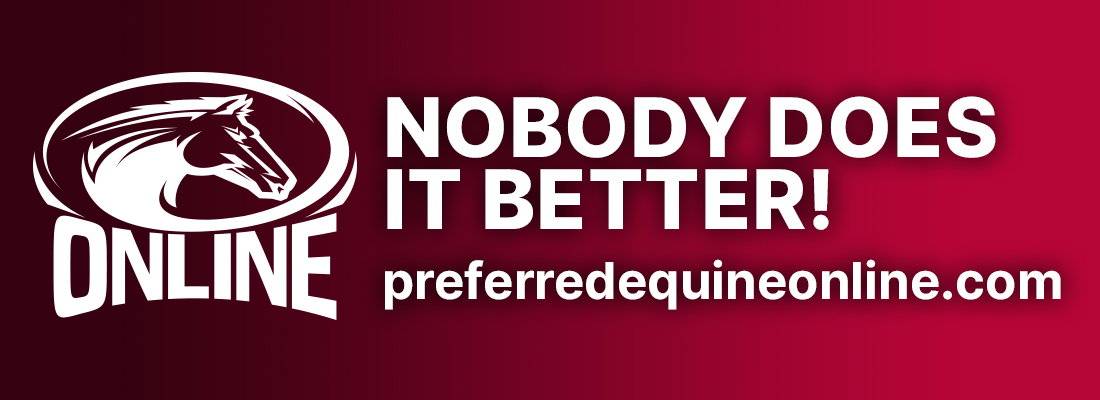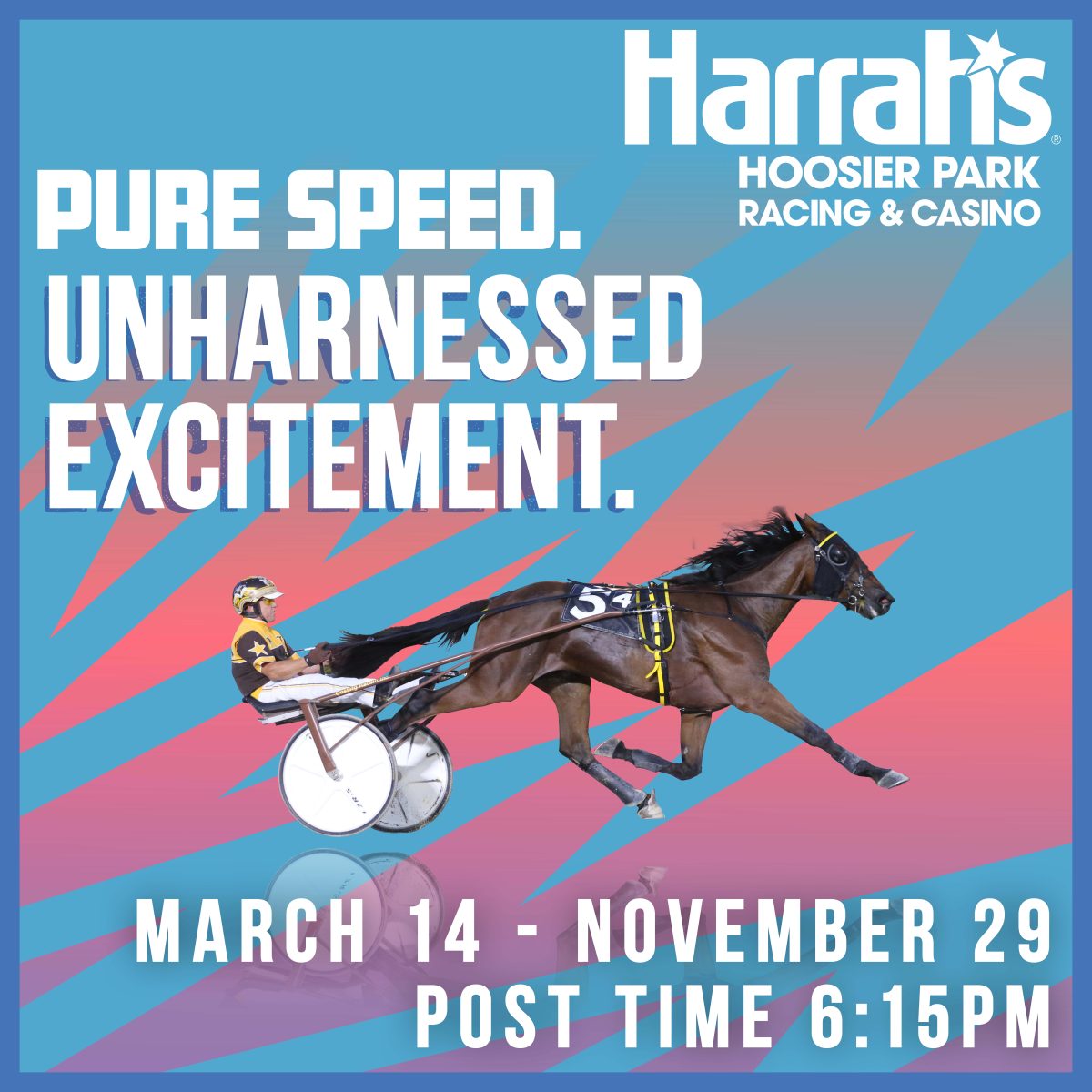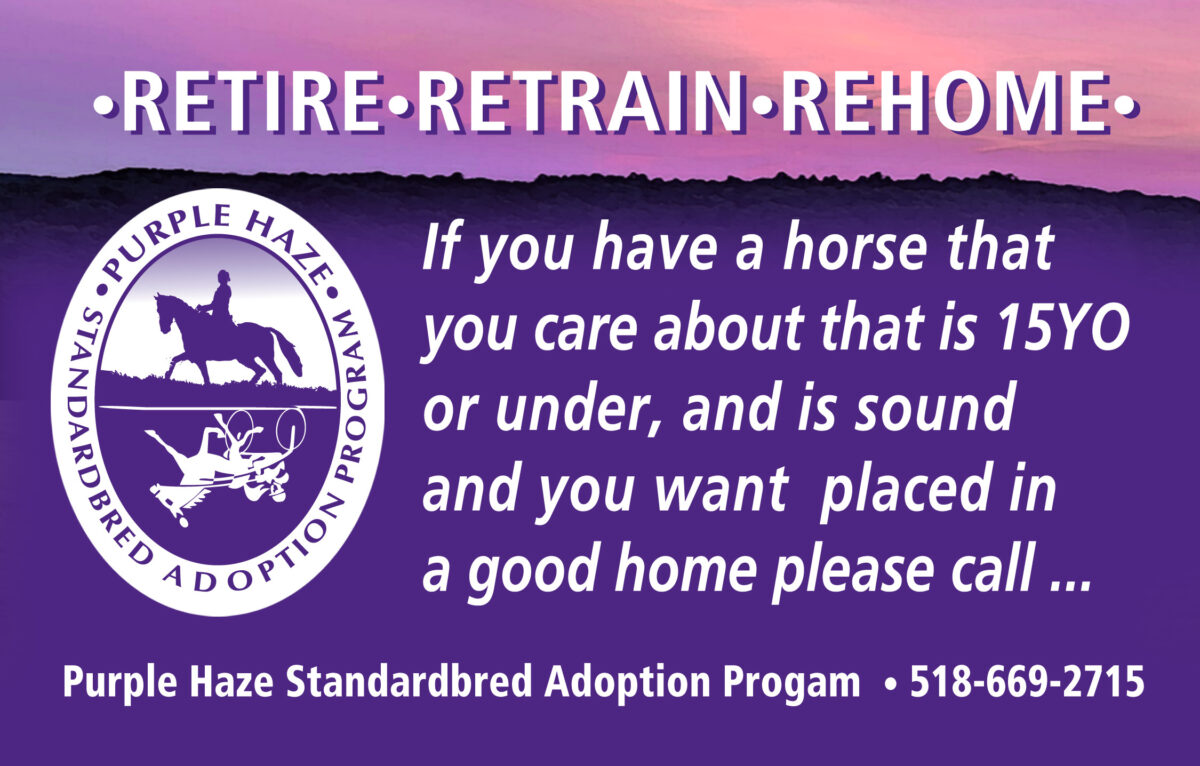A conversation with “Bet with The Best” podcast host Chris Larmey
The popular podcast host talks about great betting, what to do about the computer teams, pricing, the current state of horse racing and what it needs to do to grow.
by Dean Towers
Chris Larmey has worn many hats. He’s a self-described “math guy” by education and profession and has been a long-time fan and bettor of horse racing. In addition to being a National Horseplayers’ Championship Hall of Fame member and chairman of that organization’s players’ committee, he’s a co-host of the Sport of Kings’ podcast, and author of numerous articles.
What caught my eye for this interview, however, is his most recent undertaking; his work as the host of the Bet with The Best podcast.
Larmey has interviewed some amazing guests with a vast knowledge of the sport. Andy Beyer, economist and horseplayer Maury Wolff, economics professor and owner/bettor Marshall Gramm, professional players, and new database and computer modeling players like Dennis Montoro who came from the world of finance, to name just a few.
I wondered, what has he learned from them, what does he think can be done to improve the game, and what does he foresee the future of wagering looking like, especially in the new world of computer wagering?
He was nice enough to answer these questions in the usual “Larmey” way – thoughtful, detailed and informative.
What was the impetus for you to start the Bet with The Best podcast?
“There is a lot of racing content available now through TV, simulcast feeds, and social media. Most of it is well-produced with pleasant, knowledgeable on-air personalities but almost all of it is focused on either giving out picks or tickets with very little context other than a quick regurgitation of the past performances and very little, if any, discussion of how to use that information to identify value and make good bets. Also, because of the nature of the medium, that content usually disappears or quickly becomes stale after it is presented.
“One of the most common laments that I hear from horseplayers, is ‘I am a pretty good handicapper but a lousy bettor.’ To use a golfing metaphor, ‘You drive for show, but putt for dough.’ Picking winners is analogous to driving for show. It’s fun and being correct is a big ego boost and very addictive, particularly, in today’s world where social media dominates the discussion.
“But a 280-yard drive that splits the fairway doesn’t do you any good if you can’t then put the ball on the green and eventually putt it into the cup. The Bet with The Best podcast is intended to help horseplayers ‘putt for dough.’ It goes beyond picking winners with discussions about how to take your handicapping opinion and translate it into a good bet. How to identify and exploit value and make better decisions. How to handle all the aspects of being a successful horseplayer, including the mental side, money management, race and pool selection, ticket construction, etc. Best of all, this information is coming from the best of the best. Successful players that have made a living betting on races such as Maury Wolff, Mike Maloney, Paul Matties, Tommy Massis, and Inside the Pylons as well as legendary players and authors such as Andrew Beyer, Steven Crist, and Mark Cramer.
“My goal is to create a library of evergreen content that can help horseplayers (including myself) improve, which they can also reference for years to come.”
How much do you think the average racing customer can improve their overall game by just wagering better?
“The simple answer is a lot. The correct answer is that it depends on the player and why they are playing. Players that are focused primarily on picking winners regardless of price can improve their results significantly by making the shift from simply picking winners to finding good bets. Players who like to fire away in exactly the same way on every single race can improve immensely by becoming more selective in the races that they play and the pools that they bet. Most players are probably playing a lot of races that they should be passing and playing in sophisticated pools such as the Pick-5 in which they are very likely overmatched. They would be much better off focusing only on the types of races that they are most comfortable betting and sticking to less complex wagers such as win, exacta, and doubles.
“The bottom line is that all of us can improve our results and learn from others that have had long-term success. We can all get better at some aspect of being a horseplayer. For some of us it might be ticket construction, or money management. For others it might be developing a better process for analyzing races and making good decisions. For still others it might be learning to deal with the extreme highs and lows of the game. Going back to the golf analogy, we will probably get more benefit by spending extra time on the putting green than we will from spending it on the driving range.”
You’ve interviewed the who’s who in the game. Do you have any favorite interviews or moments?
“That’s an unfair question because it’s like asking a parent who’s their favorite child. All the guests have been great and have offered some useful insight and I encourage the readers to listen to them all — shameless plug — but I will not completely dodge the question.
“Marshall Gramm was my first guest and Marshall helped me prepare for that first show. He actually teaches a university class on handicapping and betting, so he was a great resource. I had been thinking about doing it for years but to finally produce and release that first show was a big moment especially when it received a much more positive response than I had ever hoped for or expected.
“I have always been a big Andy Beyer fan so having him on the show was special. Same for Steve Crist. Those two are on my Mount Rushmore of horseplayers for sure. Mark Cramer is another author that I have admired and was a great guest on the most recent show. He had some very entertaining stories that really helped illustrate the psychological aspects and challenges of being a horseplayer.
“The pro players have also been great. Maury Wolff is so smart and made lots of good points about the dynamic nature of the game and how fleeting an edge can be and how important it is to exploit them when you find them. Mike Maloney talked about his disciplined process and ‘guard rails’ for being successful and provided some interesting insight into the aging tote system and its potential security issues. Paul Matties had a lot of great stories and advice including his 1/3/11 bet weighting and how he has been adapting to all the recent changes with new rules on Lasix and other legal meds and the rise of the CAW [computer assisted wagering] teams.
“Tommy Massis shared his aggressive approach to hammering the pools and his pyramid ticket structure for crushing horizontals. Inside the Pylons described how a bad favorite is a horseplayer’s best friend, how to make a ‘basket of bets’ to reduce variance, and some next-level thoughts on horizontal ticket construction.
“Michael Kipness had entertaining stories from the racetracks in New York that featured Runyonesque characters with names like The Leprechaun, The Brain, and The Cue Stick.
“Dennis Montoro gave us some insight into how computer models work and how he turns a horse race into a math problem.
“That’s just a small taste of what is already in the library. There is a lot more in there as well and I hope to continue to add to it with each new show.”
You talk a lot about computer assisted wagering (CAW) on the podcast. Some say it is upwards of 30 per cent of total handle. Entities like the New York Racing Association have taken some steps to curb late odds drops by not allowing this type of wagering late in the cycle, for example. Harness racing has fought with this every day. Do you think anything can or should be done with CAW wagering?
“I certainly think something can and should be done. The current state is not sustainable and everyone, including the CAW teams, will eventually suffer if something is not done.
“Par-mutuel wagering is predicated on a level playing field for all participants but currently the CAW teams have two big advantages over most if not all other players. One is the last look at the price and the ability to execute a large number of wagers just before the betting on a race closes and the other is their much cheaper cost of a bet. Going back to the golf analogy, the CAW teams’ having that last look at the price is like a golf hole that has a blind approach to the green so nobody but the CAW teams can see the flag or know where it is located. That’s obviously a huge advantage and there is no way that a golfer, regardless of how skilled, could successfully compete against someone with that sort of advantage.
“So how do you solve that problem? It’s tough because the CAW money is such a large portion of the current pools that it would be very hard to safely unwind even if there was an appetite to do so, which there is not.
“Some people advocate completely banning the CAW teams, but I don’t put myself in that camp. I know I am probably in the minority in that regard but I think there can be a healthy betting ecosystem that includes the CAW teams but it has to be managed in a way that provides a much more level playing field for all. I don’t claim to have all the answers, but I think the solution has to somehow reduce the advantage that the teams have over everyone else.
“Here are a few ideas, none of them are original and many of them have been suggested by guests on the Bet with The Best podcast. This is nowhere near a complete list but it’s a start and I admit that some of these ideas may not be very feasible or effective for all sorts of reasons. Some of the suggestions address only symptoms while others get much closer to the root causes.
• Make CAW teams pay a steep price for the privilege of having the last look in the pools. Not just in the win pool to address the bad optics of late odds changes but for all the pools. I believe that Del Mar is doing something like this for the win pool, but I am not sure about that because there is not a lot of transparency when it comes to this topic. I think that approach makes sense and should be expanded to all pools at all tracks.
• Give regular players access to better wagering tools and information including better estimates of the expected final prices and the ability to make large batch wagers at the last second similar to what the CAW teams are doing. The first part will help all bettors deal with the late odds change issue in the simpler pools such as win and exacta and the second will give more sophisticated players a better chance of competing with the CAW teams in the more exotic pools such as trifectas, superfectas, Pick-Ns. This first part is already starting to happen with tools like DRF Formulator providing estimated off odds based on will-pays and a few ADWs and tracks have also begun displaying similar info alongside the live odds in the win pool. This should become the standard practice for all tracks and ADWs.
• Significantly reduce the cost of a wager for all players, not just the CAW teams. This one is tricky because of the complex nature of the wagering system. I would love to see rebates eliminated and takeout reduced across the board for all pools at all tracks but that is a big lift and probably not ever going to happen. Another alternative that may be a bit more feasible would be to make rebates similar to those provided to the CAW teams available to all players. Doing so would not require any approvals by state commissions or horseman groups but would obviously reduce the near-term profits for ADWs and tracks, so again seems very unlikely to ever happen even though it might actually increase their long-term profits and sustainability.
• Upgrade the antiquated tote infrastructure to process bets in a much faster and more secure way. This would benefit everyone but obviously comes with a big price tag. Until this happens, the frustrating late odds drops are probably going to continue and the potential for past-posting and other system hacks will be higher than it needs to be. I know a lot of people are advocating for closing the betting a few minutes before the race is off. That would certainly improve the current bad optics of the odds changing during the race, but it still gives the CAW teams the same “last look at the price” advantage so it doesn’t really help level the playing field in any meaningful way.
• Have all organizations that own tracks divest any ownership or association with the CAW teams. Stronach and NYRA have an ownership stake in Elite which just seems wrong and puts the integrity of the entire pari-mutuel system into question. If these organizations are profiting, even indirectly, from giving the CAW teams pricing and tote access that is unavailable to retail players, that seems unethical and possibly even borderline illegal.
• Have all entities report handle data in a standard, fully transparent, manner that categorizes the types of handle, broken out at a minimum by CAW teams and other. Ideally it would also show handle broken out by rebate level along with other useful cuts of the data. Without this basic information, it is very difficult to understand and effectively address these issues.”
Switching over to the betting game itself, and horse racing’s growth — or maybe more appropriately, lack of growth — what do you think the sport can do better to increase the handle?
“I ask a similar question of most of the guests on the Bet with The Best podcast and they typically give the obvious answer, which is to improve the quality and pricing of the product. The tougher question is how best to do that? Marketing is not very effective if the product stinks. You can spend a lot of marketing money getting people to try a new restaurant but if the food tastes bad and is overpriced, then they are not coming back.
“The pricing issue is critical. With the legalization of sports wagering in most states, the competition for the wagering dollar has increased and right now wagering on horse racing is not priced competitively.
“I often hear or read arguments that most horseplayers don’t care about takeout. That is simply not true. Just look at how players react to carryovers, which effectively reduce takeout. Even if it were true, all horseplayers should care because it does affect them even if they don’t realize it. Their gambling dollar does not go as far or last as long and thus they bet less and may eventually get discouraged and play less often and less enthusiastically and possibly even move on to some other gambling game.
“I talk to a lot of horseplayers and many of them, including some of the guests on the Bet with The Best podcast, are doing just that, which means that everyone suffers including the most skilled players and even the CAW teams. Coming up with feasible ways to reduce the price is complicated as I mentioned earlier, but something has to be done with takeout and/or rebates to reduce the retail price of a bet.
“I applaud recent efforts to reduce the price of a wager by a few tracks such as Hawthorne which significantly reduced WPS takeout last year and the state of Kentucky for switching to penny breakage. Those moves are a small step in the right direction, but the entire industry needs to get involved to a much greater extent to have any meaningful long-term impact.
“Fixing the quality of the product is also important. There are a lot of obvious little things that could and should be done like improving the on-track experience, accurately timing races, better adjudication of races, and improving the video presentation of races, but they are unlikely to have much impact unless the fundamental problem is addressed. That fundamental problem is the rapidly decreasing number of large, competitive fields in races. On most days, at most tracks, horseplayers are now being fed a steady diet of small, uncompetitive fields along with obscene prices for wagers on those races sometimes with 25 per cent or higher takeouts. That’s not an appealing product no matter how you try to dress it up and if that trend continues, it is very likely to drive many players away from the game.
“The good news is that betting with reasonable prices on horse races with large, competitive fields is by far the greatest skill-based gambling game ever conceived and that is exactly how the game should be marketed. The tremendous popularity of other skill-based gambling games like poker and sports betting demonstrate that the market is out there and the so-called “barrier to entry” for new horseplayers due to the complexity of handicapping and betting on horses should be considered a feature rather than a bug. That challenge is exactly what got me and probably many of you hooked on racing and thirsting for more. Those are the types of people who will become avid, life-long players. Exactly the type of new participant the sport needs to survive and grow. We should be touting that as a feature rather than as a bug and trying to dumb it down.
“On a related note, these types of younger players are data hungry and are accustomed to getting free, easy access to data. Racing needs to better accommodate these players by providing free access to basic data on past performances.
“Finally, I think that the key leaders and managers in the racing industry need to acknowledge and understand that the primary customer of horse racing is the horseplayer and that the primary product that they are marketing and selling is a bet. If that is understood and accepted, then the importance of what we have been talking about becomes very obvious and it becomes clear that if these issues are not addressed, then racing as we know it today is in real jeopardy over the long term.”
Thoroughbred and harness racing handle was approximately $15 billion in North America in 2023. What do you believe that number will be in 2033?
“I am not familiar with the North American data, but U.S. handle, on thoroughbreds, fell nearly 4 per cent in 2023 to $11.6 billion.
“It was 30 per cent higher 20 years ago at $15.2 billion and that does not even account for inflation. If you do, then that $15.2 billion in 2003 was equivalent to $24.9 billion in 2023 dollars. So, the numbers are ugly, and the rate of decline is accelerating.
“The other important thing to consider is where that handle is coming from. Twenty years ago, there were few, if any, large CAW teams. So, assuming that the CAW teams actually do provide close to 30 per cent of the handle today, and it’s impossible to know for sure because of the lack of transparency of these numbers, then the decline in non-CAW handle has been much worse than the numbers above would indicate and is clearly not sustainable for much longer. The CAW teams’ portion of the handle probably cannot increase much beyond 30 per cent so it is also eventually going to begin to decline along with the rest of the handle.
“And it’s not just handle that is decreasing. The contraction of all facets of racing has been relentless for the past 20 years. There are fewer stallions, fewer foals, fewer horses in training, fewer owners, fewer trainers, fewer jockeys and drivers, fewer races, fewer horses per race, fewer racetracks, fewer people at the track, fewer horseplayers, etc. I think you get the picture and it’s not very pretty.
“Also, keep in mind that this is happening while purse sizes are exploding due to gaming-based subsidies. So, increasing purses and increasing and holding on to those subsidies is obviously not going to reverse these trends.
“I don’t want to even venture a guess at a number for 2033 but it is almost certain to be less than it is today and quite possibly much less unless some of the issues we just discussed are successfully addressed. If not, horse racing might start to look a lot like polo with just a few very rich guys competing against each other for trophies.”
Chris Larmey can be reached @derby1592 on Twitter/X, and his Bet with The Best podcast can be accessed here.
